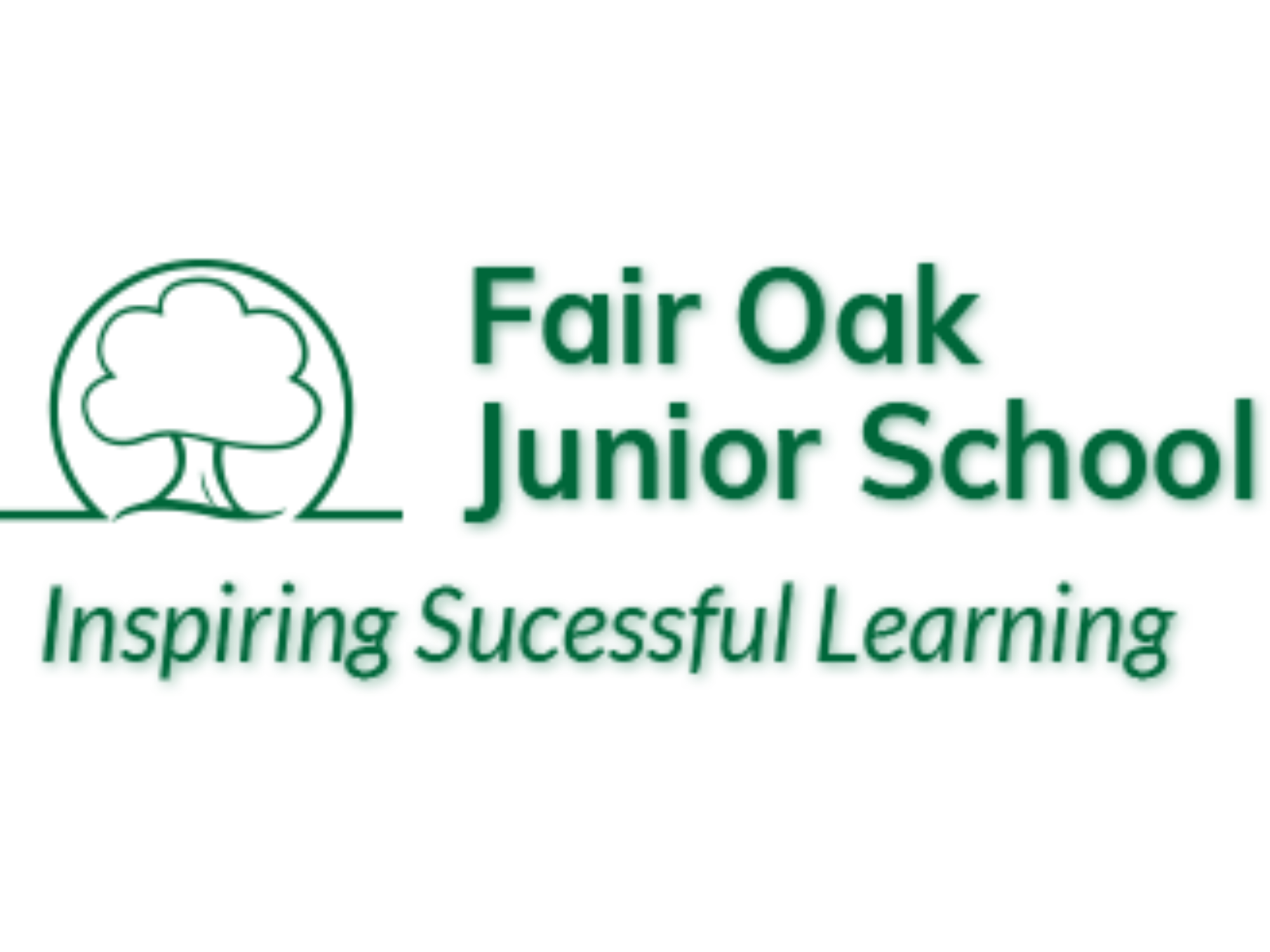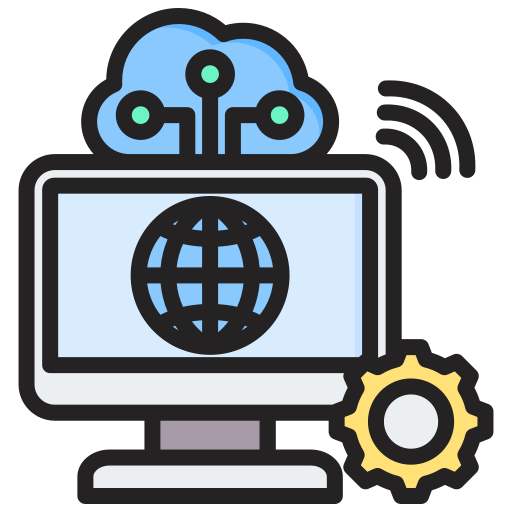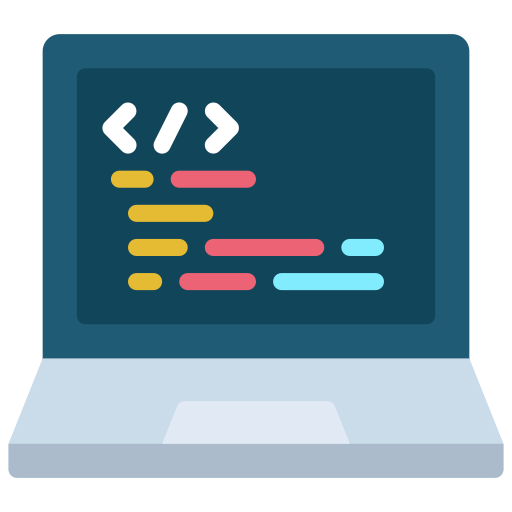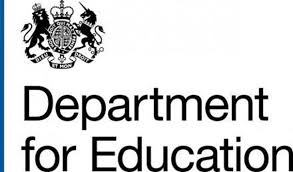Computing
The computing curriculum is designed to provide students with essential skills and knowledge in both information technology (IT) and computer science (CS), while promoting digital literacy and responsible technology use. Each year it combines IT and CS units, ensuring students gain both practical application skills and a deep understanding of computational concepts.
In the CS units, students explore foundational programming concepts progressively: sequence in Year 3, repetition in Year 4, selection in Year 5, and procedures and variables in Year 6. These concepts are taught using the PRIMM model (Predict, Run, Investigate, Modify, Make), an engaging approach that guides students to understand, adapt, and create programs. By the end of their journey, students will have designed their own programs and games, fostering creativity and problem-solving skills.
The IT units complement this by teaching students to use a variety of digital tools for productivity, design, and creativity, including software like Microsoft Word, Excel, TinkerCAD, and Adobe Aero. Digital literacy is a key focus across all units, ensuring students learn to navigate the digital world safely and responsibly. Skills such as evaluating online content, protecting personal information, and respectful online behaviour are embedded within the curriculum.
Digital literacy is also reinforced in the Relationships and Health Education (RHE) curriculum and during circle times, where students reflect on topics like online behaviour, ethical technology use, and digital well-being.



